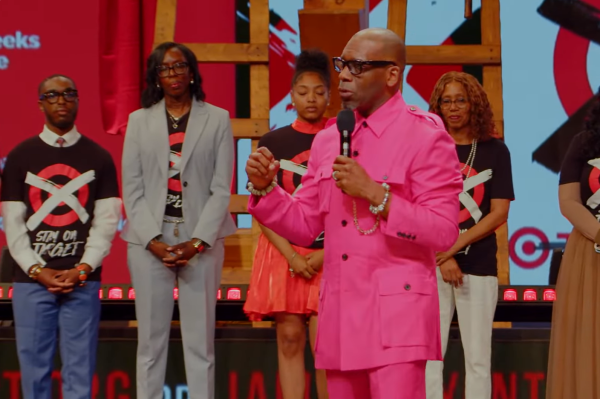Abortion Clinics: When Closing a Business Makes Sense
Abortion has been a shadowy and divisive topic for decades, but that is changing. Americans are becoming increasingly pro-life, and this shift in sentiment has led to the closure of a record number of abortion clinics this year. The Baptist Press reported that as of mid-September-according to Operation Rescue-forty-four abortion clinics in America were no longer open for business. More women are choosing life, and more communities are rejecting the presence of unsafe and unregulated clinics.
I have learned over the years that I need to celebrate the small victories along life's path. Sometimes, we only look to the battles ahead and celebrate only when the entire war is won. But as we work together for the good of the nation, I want to celebrate some positive events with you before we press on to win the war.
While there are undoubtedly several reasons for this trend, most involve the growing amount of information available about how abortion is actually practiced in our country. While misinformation still abounds, we know a lot more about abortion than we did when Roe v. Wade passed in 1973. Drastically improved ultrasound technology has nullified the argument that an unborn child is a "blob of tissue." Information on how abortion is marketed and regulated, as well as evidence of unsafe clinics and testimonies from women who deeply regret their abortions have begun dispelling the myth that abortion is a harmless, morally neutral medical procedure.
Noting the trend, Time Magazine sounded the alarm back in January, on the fortieth anniversary of Roe v. Wade, declaring that, "Abortion-rights activists won an epic victory in Roe v. Wade. They've been losing ever since." It seems that the more Americans learn about abortion, the less they like it.
Among the most disturbing facts coming to light about abortion in America are its racist origins. For years, abortion advocates have downplayed the racist sentiments of Margaret Sanger, the founder of Planned Parenthood (the nation's largest abortion provider) whom they still celebrate as a hero. Although abortion was illegal during Sanger's lifetime, her Negro Project was aimed at dramatically reducing the black birthrate because she deemed blacks "unfit" to reproduce. Sold to many-including black leaders such as W.E.B. DuBois and Mary McCleod Bethune-as a solution to poverty, Sanger hoped to sterilize as many black women as possible.
The overall goals of the Negro Project remained intact even after Sanger's death. Today, the overwhelming majority of Planned Parenthood clinics are still located within walking distance of black and Latino neighborhoods and even in some black and Latino public schools. Sadly, the strategy is still working: nearly 40 percent of black pregnancies end in abortion, and in some areas (like New York City) the black abortion rate is six times higher than the white abortion rate. The 2010 Census revealed that there were over 500,000 fewer black children in the 25 largest American cities than there were just ten years before. Some have moved to the suburbs, but some simply weren't born. And the more Americans learn about this reality, the less comfortable they are with the idea that some babies are clearly being welcomed more than others.
Although the magic words regarding abortion have always been "safe, legal and rare," recent investigations of filthy abortion clinics, unqualified clinic employees and the deaths of women and babies born alive during procedures have begun to shed light on what legal abortion really involves, especially for poor minorities. In Maryland this year, a 29-year-old schoolteacher Jennifer Morbelli died during the abortion of her 33-week-old unborn child. Unlicensed Philadelphia abortion practitioner Kermit Gosnell is currently serving life in prison for the death of at least one woman under his care and the deaths of several babies whose spinal cords he snipped after birth; most of Gosnell's patients were minorities. Further investigations revealed a similar situation in a Texas clinic, suggesting that this may be the tip of the iceberg.
Lastly, pro-life advocates have been hard at work. For decades the pro-choice media has stereotyped these activists, insisting that they only care about babies before they are born and offer no support to mothers. Yet there are more than 2,500 pregnancy help centers across the nation, providing free support and assistance to women facing unplanned pregnancies. These centers receive no tax money (unlike the hundreds of millions of tax dollars received by Planned Parenthood and similar organizations); they are run by donations and staffed primarily by volunteers. Most offer everything from pregnancy testing and counseling to parenting classes and adoption referrals. More and more women are being served by these centers, shattering the stereotype of uncaring pro-life activists.
Roe v. Wade (and Doe v. Bolton, decided the same day) made America one of only four countries in the world to allow abortion after the unborn child can live outside the mother's womb ("post-viability"). The other three countries that allow this practice are Canada, China and North Korea. Our nation still aborts 1.2 million babies a year, a disproportionate number of them minorities. So let's celebrate the gains we have made, knowing there is still much work left to do.






















